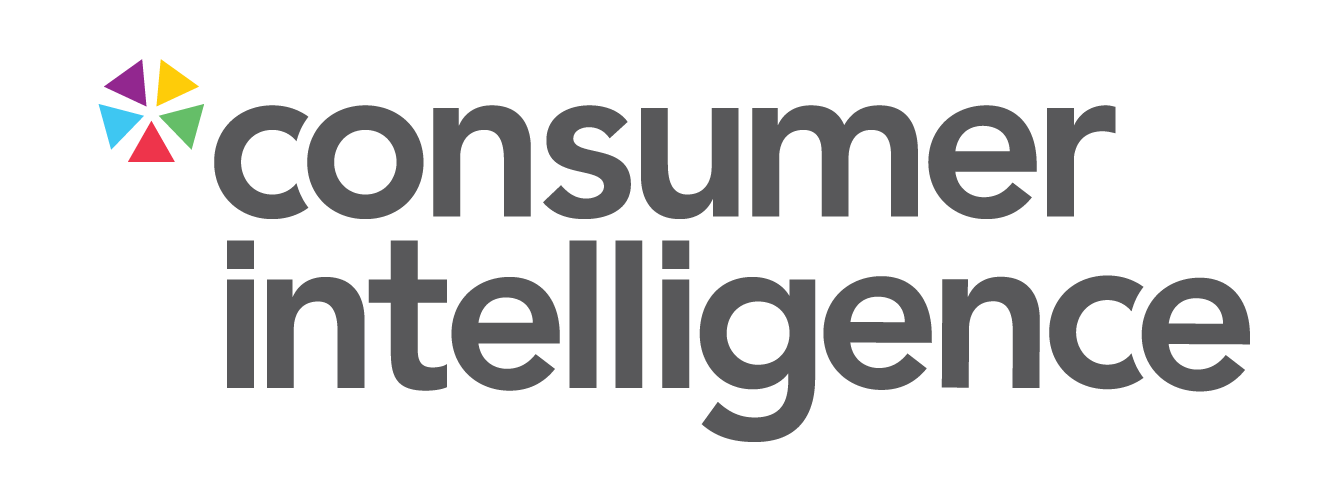After a year like 2022, with volatility, uncertainty, complexity and ambiguity (VUCA) all around you, 2023 is going to be a walk in the park!
The reason why it is going to be such a breeze is because you have accepted the world is VUCA. You probably also accept that the way to respond is not to try and put VUCA back in a bottle, but to strategise for it. In a world where the only constant is change, if you learn to thrive in change, you get more chances to survive. And the secret to business is not winning, but survival.
Here are some of the big factors that will most likely rock the insurance industry in 2023.
Who will blink first?
Since September 2020 (and perhaps before that) the insurance industry, and then the wider financial services industry, has been playing chicken with the regulator. The regulator says: “This is what we want you to do”, and companies say: “you aren’t being specific enough”, and then do something that might be ok within the letter of the law, but not within the intent.
Letter of the law: Don’t charge a different price for renewal than for new business.
Intent: To create value.
Actual outcome: A proliferation of brands so that insurers can say, “but this brand is different from that brand.”
The regulator says: “You must be able to demonstrate value” and the industry responds by saying: “Who me, sir? No sir, not me sir? Him sir!” and proceeds to point the finger at the person next door. “They are the ones who has to create the fair value statement,” says one. “We don’t control the entire value including add-ons and instalments,” says another.
Meanwhile, the consumer is saying: “None of this make sense!”
This is the year that the regulator either has to act, or has to blink. The industry is hoping the regulator will blink first. My prediction? The industry has misread the strategic intent of the regulator. It may or may not blink this year, but the FCA has made it very clear how it sees the world in the future. Which leads me to
Keep insurance simple, stupid.
Ah, the KISS principle is back! Complexity has spiralled in the sell side of insurance. Put windscreen cover in here, take it out there, include this cover, exclude that cover there. After all, the consumers get it, right? They see what we are doing?
Meanwhile, the consumer is saying: “None of this make sense!”
This year just might be the year where some clean, simple, easy to buy, easy to understand products begin to make a breakthrough. I am increasingly hearing people, even those within the sector, desperately cry out for simplicity.
Forget the regulatory benefit of this simplicity, the customer benefit and the renewal benefit will have better lifetime value.
Where did all the money go?
Let us be explicitly clear ̶ there is a recession coming. The effect of inflation and interest rates will be felt for the entirety of 2023. While both will be decreasing by the end of the year, there is a long tail on the amount of money in consumers’ pockets and the price of everything. Parts, labour, fraud and ‘claims embellishment’ will all be on the rise for quite a while. This will drive up premiums, which in turn will cause people to shop around at renewal. People will see they can’t save much money, because the pesky regulator stopped new business discounts. They will probably stay with their incumbent provider, but not because they are happy. They have become the Disgruntled Remainers.
Strategically this isn’t good for the incumbents. Sure, they going to feel relatively smug for a while, because the customers are theirs to lose, while those who had big growth plans are going to struggle to meet them and find investor appetite reduced.
In previous times there were new entrants hungry to give good prices to soak up the pain of disgruntled consumers. But unfortunately, investment in risky times will be low so this won’t be as available. The days of cheap money, SPACs and foreign investors are coming to an end. Even the pound is recovering which means the tactical advantage of dollar based investors buying British as a sort of perverse currency speculation are closing down.
Meanwhile, the consumer is saying: “None of this make sense!”
If something does not make sense and you have no money, well, just don’t buy it. Buildings and contents? Surely half price if I only buy buildings? Car insurance, surely cheaper if I don’t have fully comp? Or remove someone from the cover. Or just don’t drive the car, expensive heap of junk. Travel insurance in Europe? Meh. Pet insurance? PDSA here I come!
Which brings me to…
If the industry won’t fix itself, well maybe someone else will.
Over the last few years, we have seen the birth of a number of new types of insurance; By Miles, Urban Jungle and Cuvva to name but three. Everyone is jumping on the band wagon with their own subscription product. And that’s fab, but it comes at the same time as consumers are cancelling Netflix and their other Covid created subscriptions, because, “where did all the money go?”.
The real challenge that the challenger brands have had is distribution. You have to sell through a PCW or get super creative (this is an over-simplification, but you get my general point).
But what if there was another way… a different way to distribute… where you could access millions of customers with a different pricing model?
Enter Amazon. Enter Sky. Massive distributors. Massive captive audiences and lots and lots of unique data.
I hear the naysayers shouting, “remember Google Compare?” or even, “remember Tesco Compare?”, or even more recently, “what happened to Experian?”. And I get it. Others have tried and have failed.
But the Amazon and Sky models are different. They aren’t just trying to put lipstick on a comparison pig. And they have distribution. And time. Oh, and money.
The return of optimism.
If you made it through the uplifting first paragraph, then through the downer of the second paragraph, and stumbled your way through the self-talk of my four key areas, you have arrived now at the good bit.
Once we get through the mire of the first 6-9 months, I genuinely think there will be green shoots. Inflation will come down (maybe to more like 3% and then the 2% we are used to). Interest rates will fall (probably also a 1% higher than the past, but still less than they are now). Parts will get easier to find, supply chain shortages will diminish. If anything there might be surplus!
Labour shortages will continue, which will push up wages, but businesses will just get more efficient, which our economy needed to do.
All of which means that by the end of the year, things could start to feel a little more optimistic.
If you believe this to be true - and I do - then the time to invest is right now. Because you want to be meeting the tide as it rises, not being dragged down by the anchor of history.
Comment . . .


Submit a comment